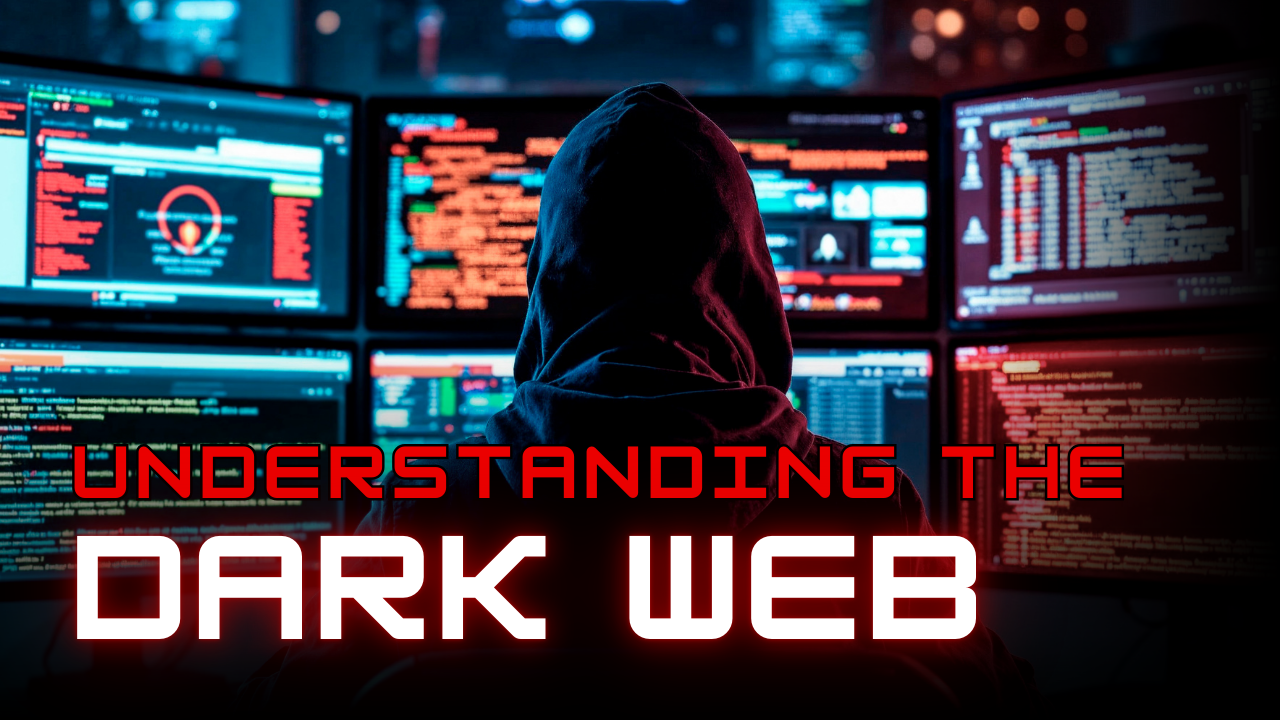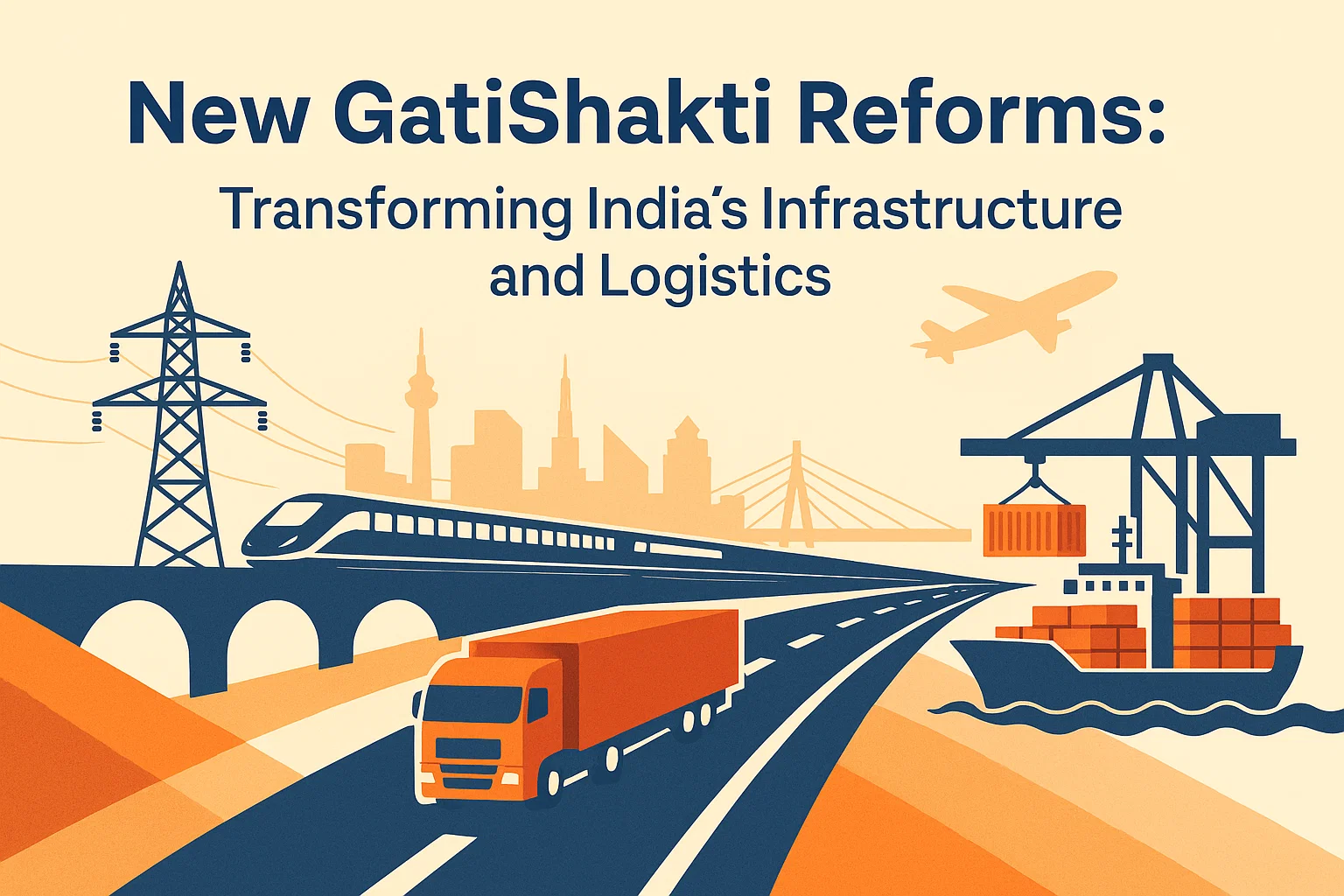Font size:
Print
Understanding the Dark Web
The Dark Web Challenge.
Context: The Dark Web is a concealed segment of the internet that requires special software, such as The Onion Router (Tor) or I2P, to access.
More about Dark Web
- Unlike the surface web, which is indexed by standard search engines, the dark web provides anonymity through multi-layered encryption and decentralised networks.
- This encrypted environment enables both legitimate uses—like communication by journalists and intelligence agencies—and illicit activities such as data breaches, drug trafficking, illegal weapons trade, and more.
How the Dark Web Operates: Anonymity and Encryption
- Tools: Accessing the dark web involves using tools like Tor, which routes users through a series of volunteer-operated relays.
- This onion-routing mechanism makes it extremely difficult to trace user identities or online behavior.
- The multi-layer encryption ensures a high level of privacy, which cybercriminals exploit to establish illegal marketplaces.
- These platforms function like e-commerce websites, offering stolen personal data, counterfeit documents, and contraband goods.
- Crackdowns: Despite frequent law enforcement crackdowns, including Operation Disruptor (2020), Operation SpecTor (2023), and Operation Cookie Monster (2023), new darknet marketplaces continue to emerge.
- Successful takedowns like the Silk Road gave rise to successors such as AlphaBay, Hansa, and Ghost Market.
- These platforms adopt advanced encryption and adaptive technologies to evade detection, posing significant challenges for global security agencies.
Dark Web and National Security Threats
- Espionage and Terrorism: The dark web serves as a hub for cyber espionage and terrorism.
- Notably, Iranian-linked cyber actors leaked sensitive data of high-ranking Israeli officials, including a nuclear scientist and former diplomats, via Telegram after extracting it from the dark web.
- Such incidents demonstrate the national security risks posed by data leaks and cyber intrusions originating from these hidden networks.
- Stolen Data: Stolen data on the dark web often includes credit card information, biometric data, and personal identifiers, all of which can be weaponised for cyberattacks, identity theft, or surveillance.
- These threats extend beyond individuals and businesses to government systems and critical infrastructure.
India’s Exposure and Response to Dark Web Challenges
- A 2023 report by Website Planet revealed that nearly 496.4 GB of sensitive personal data was leaked and distributed through dark web-linked Telegram groups.
- This data, tied to companies like Thought Green Technologies and Timing Technologies, reportedly included military, police, railway personnel, and teacher information, such as biometric details and identification marks.
- Additionally, platforms like DrugXpress have exploited the dark web to traffic narcotics across India, using encrypted messaging apps and advanced delivery systems, which make detection and enforcement efforts more complex.
- The growing sophistication of cyber tools has also led to a spike in financial cybercrimes, affecting hundreds of people daily and causing cumulative losses worth several crores of rupees annually.
India’s Evolving Cybersecurity Framework
India has undertaken robust cybersecurity reforms to counter these threats. Key initiatives include:
- Indian Cyber Crime Coordination Centre (I4C): Streamlines investigation and response to cybercrimes.
- National Critical Information Infrastructure Protection Centre (NCIIPC): Safeguards critical digital assets.
- IT Act Amendments: Provides legal backing for sector-specific Computer Emergency Response Teams (CERTs).
- Digital Personal Data Protection Act, 2023 and Draft Rules of 2025: Ensure data transparency, user consent, and privacy.
- SEBI’s Monitoring of Dark Web: Protects financial institutions by monitoring illicit activity involving Market Infrastructure Institutions (MIIs).
- Achievements: India’s commitment to technological innovation—including quantum cryptography and cyber forensics—has helped it achieve Tier-1 status in the Global Cybersecurity Index 2024.
- Budget 2025: The Union Budget 2025 allocated ₹1,900 crore specifically for cybersecurity, with a focus on critical infrastructure protection and counter-dark web operations.
Bridging the Cybersecurity Skill Gap
- Despite these advancements, India faces a shortage of trained cybersecurity professionals, which affects rapid response capabilities and coordinated enforcement.
- To meet the rising demand, increased investments in training, recruitment, and skill development are urgently needed.
- Public-private partnerships, international collaborations, and educational initiatives can play a pivotal role in bridging this gap.
Tackling Vulnerabilities and Promoting Cyber Hygiene
- Poor cybersecurity practices among users further amplify vulnerabilities.
- As IoT devices proliferate, enforcing strict security standards and raising awareness about cyber hygiene becomes critical.
- Encouraging best practices through community outreach programs, workshops, and digital literacy campaigns can help reduce the attack surface.
- To address the misuse of encrypted tools, tech companies must collaborate with governments to strike a balance between privacy and security.
- International agreements aimed at harmonising cybercrime laws, intelligence sharing, and counter-extremist narratives can bolster global resilience.
Subscribe to our Youtube Channel for more Valuable Content – TheStudyias
Download the App to Subscribe to our Courses – Thestudyias
The Source’s Authority and Ownership of the Article is Claimed By THE STUDY IAS BY MANIKANT SINGH




